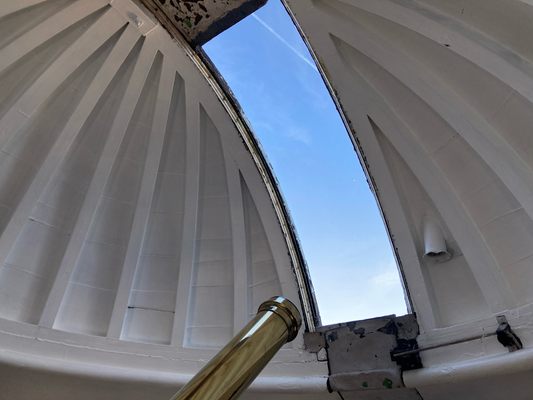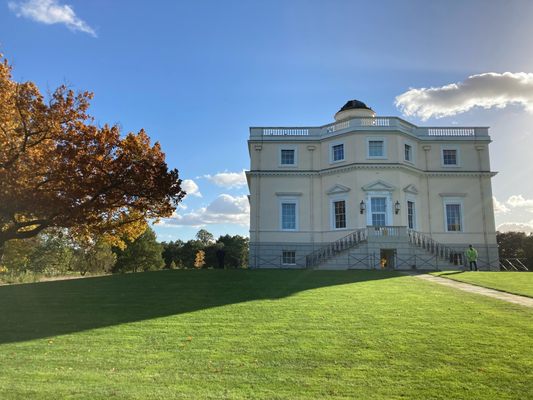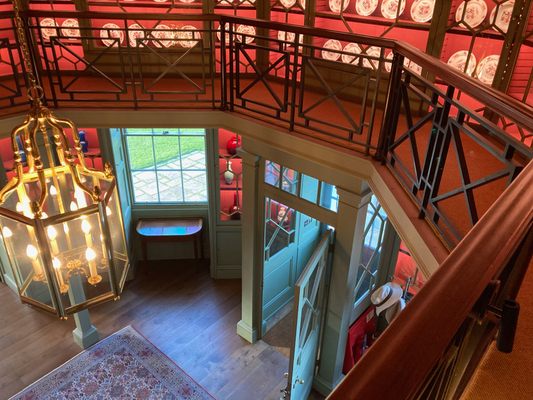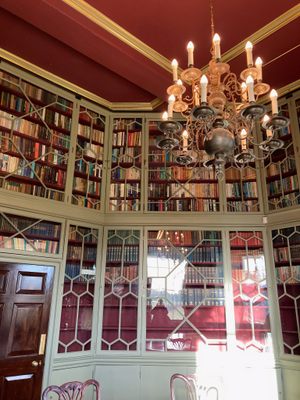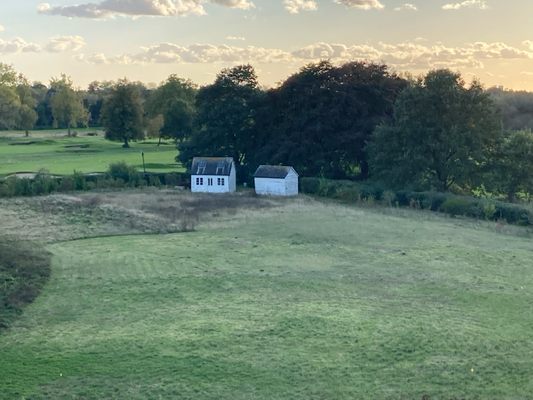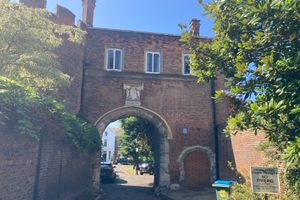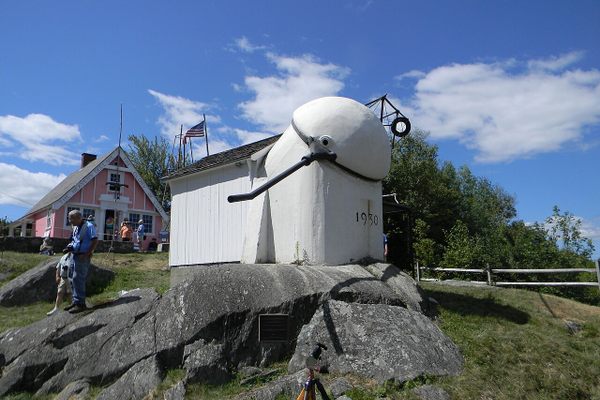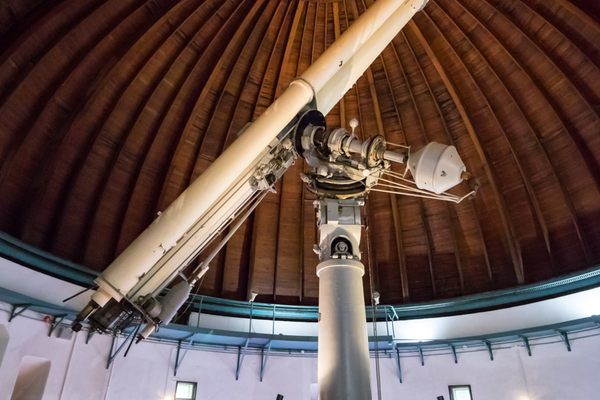About
The King’s Observatory sits incongruously among golf courses close by the river Thames—a reminder that this landscape is owned by the British Crown and was once the private park of George III.
The observatory was built not far from Richmond Lodge, which served as the royal family's country residence between 1764 and 1771 before it was demolished in 1772. George III demolished the hamlet of West Sheen, and hired Capability Brown to achieve the perfect Arcadian landscape, which once ran from Kew Gardens to the North.
The king's interest in the sciences was active and sincere, and when an international effort was coordinated to observe the predicted transit of Venus across the face of the sun in 1769, George dispatched Captain James Cook to the other side of the world to observe the event in Tahiti, but also ordered the construction of an observatory in his own back garden. Multiple observations at different points on the planet were required to get the precious data necessary to calculate the distance of Venus from the sun, the first step to accurately calculating the dimensions of the solar system itself.
The observatory was designed by Sir William Chambers, with Neoclassical elements ornamenting an otherwise utilitarian space. It was designed to be raised off the floodplain of the nearby Thames, with a strong central stabilizing structure capable of supporting the cupola housing the telescope without movement.
After a long and chequered history as the headquarters of the British Association for the Advancement of Science, then of the Meteorological Office, then the head office of Autoglass, the building is now leased as a private residence. It has been restored to Georgian glory, with two double-height octagonal rooms, one a reception and the other a library containing a book collection of Sir Alec Guinness.
The observatory itself is up the narrowest of stairs, which Queen Caroline reportedly navigated in her crinolines (she must have been very agile). It's a surprisingly small room that, on June 3, 1769, held George III and 14 other people observing the transit of Venus across the sun. Now the view is, for London, surprisingly bucolic and tree-filled.
Related Tags
Know Before You Go
The King’s Observatory is a private residence but is open to the public on pre-booked tours at certain times of the year. You can find more information on the King’s Observatory website. It cannot be visited outside of these occasions.
Published
November 17, 2021
